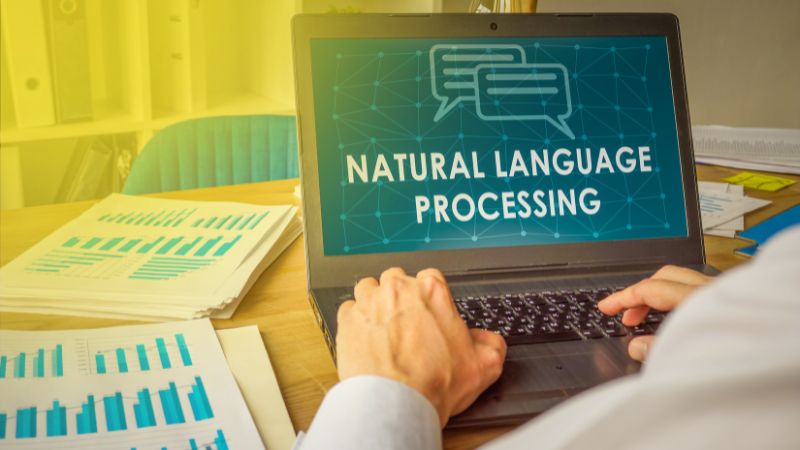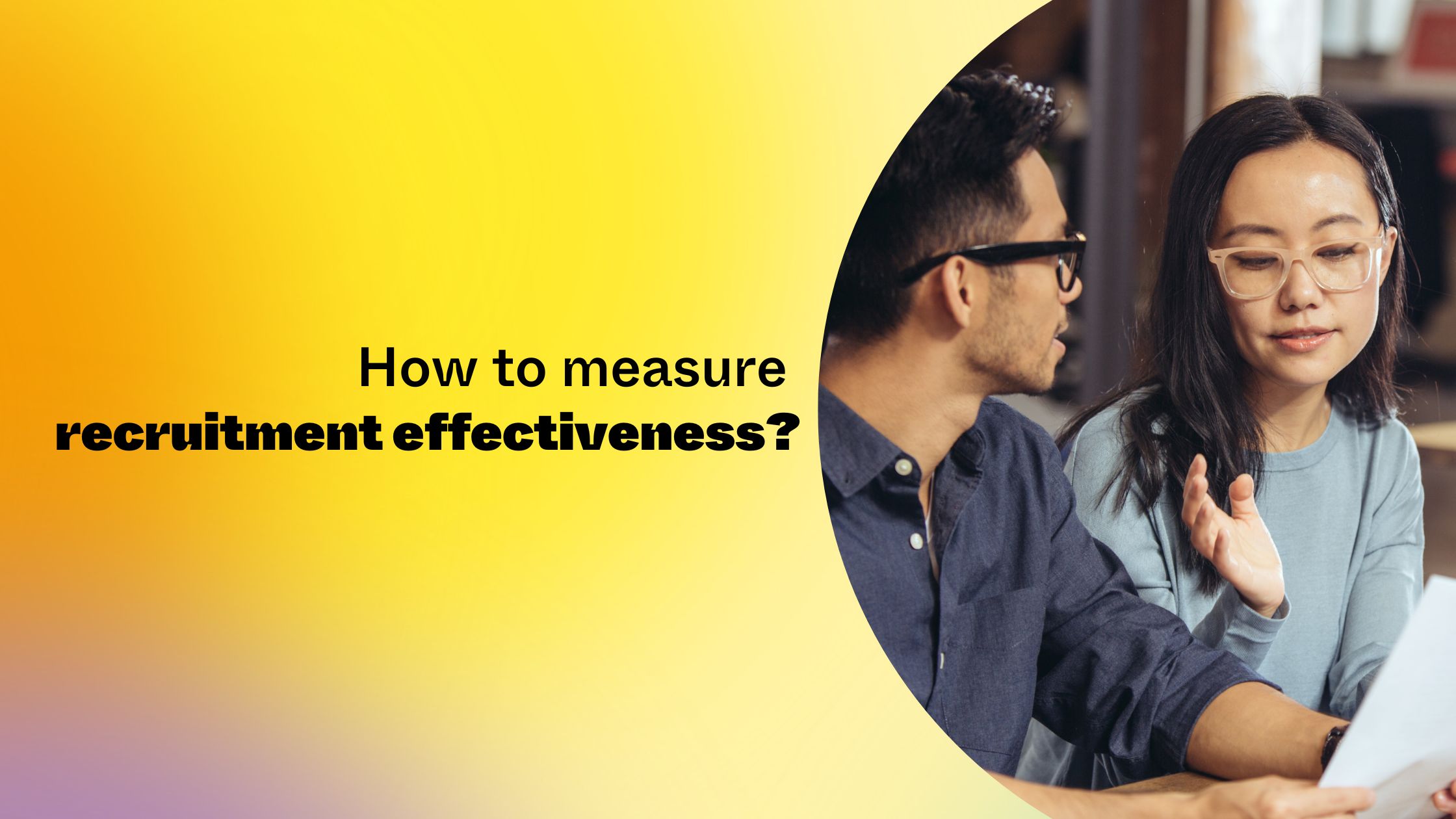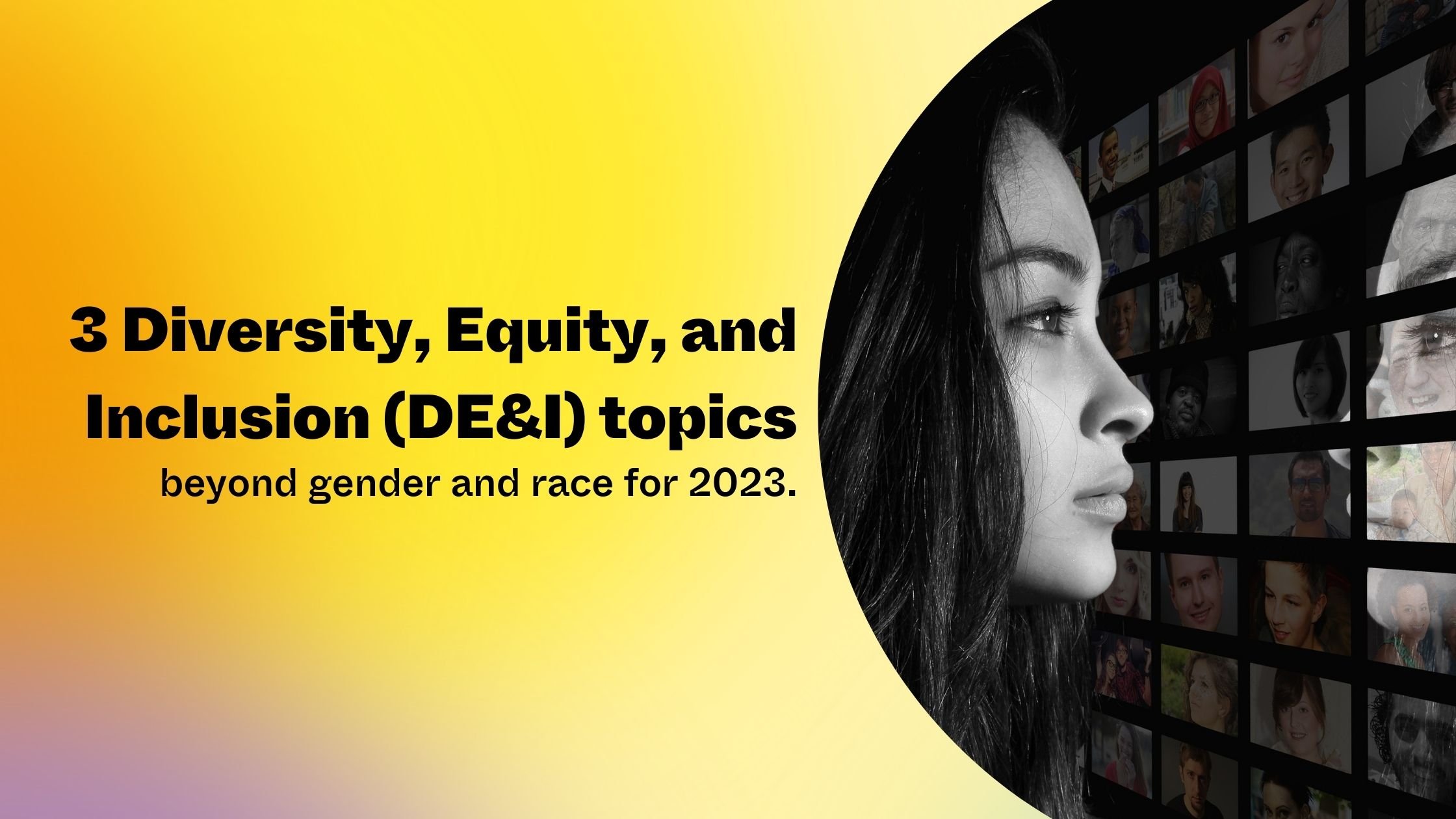Using ChatGPT in recruitment: the Pera viewpoint
3 April 2023
Splish, splash?
On the surface, the automated language generator ChatGPT is a fantastic new tool for recruiters. After all, our whole sector is making full use of smart technologies to improve the way in which candidates are matched to employers. So what’s not to like? Well, dive a little deeper into ChatGPT, and its limitations – alongside some potential dangers – quickly become apparent. So put your snorkel on, give your flippers a quick shake, and come join us for a quick immersion into an AI innovation where the crystal-clear advantages of a brilliant new invention quickly meet the muddy waters full of pros and cons.
Could ChatGPT make the whole process easier for everyone?
It’s true that ChatGPT (and future versions of similar language generation models) may be able to further automate certain aspects of the recruitment process, such as initial candidate screening and interview scheduling. ChatGPT also offers value to candidates needing a tool to assist them to quickly write emails or motivation letters, or to support them in preparing for interviews. Every profession will soon have a personal assistant with whom administrative matters can be arranged through ChatGPT. Recruiters can benefit as well, because the quality of the interaction will go up and become more personal than is possible via current ATS systems.
The downsides of ChatGPT for HR purposes
Unfortunately (or fortunately), the deeper you go into it, the more you see that using ChatGPT in HR isn’t a one-size-fits-all solution. After all, keep in mind that ChatGPT is like a parrot. It currently generates text based on pure statistical relevance. ChatGPT is not taught to reason; it is trained on a lot of publicly available text. This means human interpretation, personalisation and creativity are actually more relevant than ever. This is where the Pera Skope comes in. This platform gained insights from researching millions of people identifying the competencies that have proven to deliver success in jobs. These data sets are very difficult to collect and not freely available. Therefore, the data inputs, outcomes, validity and transparency of the models can be easily checked.
The Pera Skope analyzes 200 subconscious information points in the answers to 3 open-ended questions and compares these with data of 5.5 million professionals and their competencies. Any questions in a Pera digital interview that ask about specific examples in a candidate’s personal or professional life are unlikely to be answered satisfactorily by ChatGPT. ChatGPT can also be biased because it’s based on prior assumptions and behaviour rather than what’s acceptable in today’s diverse recruitment world, and it can make mistakes that no human would.
Okay, let’s jump in and experiment
We knew that as soon as ChatGPT became available, candidates might use it to save time and effort when completing Pera’s digital interview. Would they be able to trick the outcome? In brief, no. In fact, our experiment (below) showed they’d be foolish even to try, because using ChatGPT does not improve your chances to get hired and they also do not take advantage of the opportunity to leverage the Pera Skope insights for their own career. The Pera Skope is a tool to match candidates’ true competencies to the right job and organization, and the generated insights may benefit recruiters as well as candidates.
Pera tests the waters
To satisfy our curiosity, we conducted an experiment to evaluate the impact of ChatGPT on the predicted outcomes of the Pera Digital Interview. In this experiment, we asked ChatGPT to generate responses for typical interview questions we ask to assess for competencies delivering post-hiring success. Next, these responses were scored against Pera’s predictive models.
The ChatGPT responses scored slightly above average, but with a very large spread in the outcomes. This means that candidates are almost as likely to decrease their score as they are to increase it by using ChatGPT. In other words, if the aim is to increase the chances of being hired, there’s no point in cheating.
The future of ChatGPT in recruitment
ChatGPT does have a function within HR, although it’s a more limited one than all the current hype would suggest. For instance, unlike Pera’s digital interview, it doesn’t map a candidate’s competencies to our unique dataset detailing the career success of 5.5 million professionals. After all, it’s a general tool, not a specialist HR one.
What ChatGPT shows is that everyone in the recruitment sector needs to be constantly innovating and improving their services in order to stay ahead of technologies being introduced and updated all the time. It also means candidates and recruiters need to get more creative, as creativity is the most effective human attribute for beating the bots.
Learn to swim with ChatGPT
So are you interested in dipping your toes into ChatGPT? Do you think it’s going to provide you with a better pool of candidates, or are you worried about entering shark-infested waters? Whichever decision you make, we simply suggest that you tread carefully. ChatGPT can certainly help to automate some of the more mundane aspects of recruitment, but it’s no replacement for human insights and individualised solutions. It’s also no match for Pera’s multi-layered, personalised, digital interview, as we’ve already proven. So before you submerge yourself in ChatGPT, just make sure you know enough about it to come out on top.


.png?width=3566&height=1920&name=Using%20ChatGPT%20in%20recruitment%20(2).png)



